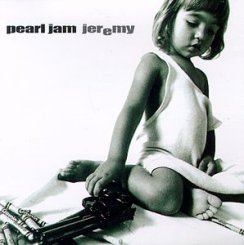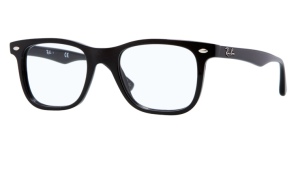The New Authentics
Grunge apathy – Optimistic irony – Skinny jeans thinking
I can happily spend a day in Dublin going to vintage cafés like The Queen of Tarts, checking out some ‘indie’ music in Tower Records and picking up a few hand-me-downs and books in charity shops. This is a far cry from a 90s culture that would have scoffed at such twee and embarrassingly earnest ways to spend a day and is also difficult to square with the usual criticism thrown at our generation that we are cynical ironists and hipsters with no sense of value.
I suppose some of those criticisms are understandable, especially coming from a generation couched in a postmodernism that attempted to shatter the illusion of grand narrative, centralised thought and prescriptive, unified theories. After the rollicking ‘progress’ of modernism became bitter, what else could we do except pull the rug out from under the entire cultural infrastructure? If culture was tired of looking at itself in a mirror after the meta-fiction experiments of the 80s and the hyper-realism of the 90s, it might as well smash it into pieces.
What could a twenty-something year old do in the 90s to express this frustration and sudden cultural vacuum? It’s too simple to say that movements like grunge were apathetic counter-cultures without drive or politics. Instead they had a large role to play in finding an outlet for expression when all other means were sullied by corporate sponsorship and commodification. Artists sought ways to promote their work while effacing the means of this promotion and this became both a painful and paradigmatic paradox. Grunge couldn’t escape and the death of Kurt Cobain was a tragic end for an artist stuck within a system that every fibre of his being opposed. I can see why a generation who had these figures for heroes would deride our apparent abandonment of their mission and lazy adoption of sarcastic humour.
However, our use of irony is far more nuanced than this, just as 90s apathy was more than just a cop-out of society. The search for outlets of expression continues but importantly, the search is now confined to the opportunities created by the internet. The MySpace phenomenon in the early noughties showed that anyone with a guitar and a note (or not) can get their work out to an audience without diluting it through the filters of any external powers. We have more choice now but without an executive telling us what is cool, the long, drawn out process of arbitrating value to culture becomes our own. Furthermore, unless you’re completely new to the internet, you have probably developed a sixth sense for detecting fake comments from anonymous posters, jokes and scams that seem to outweigh any real content. Mashable’s round-up of 9 of the most convincing hoaxes this year shows how easily unscrupulous companies and individuals (and in particular, clever marketing professionals) use the anonymity of the web and the infrastructure of viral memes to raise their profile. The main repository for information on the internet is now Wikipedia: within seconds I could fabricate some facts and get them online, certain that someone would see it before moderators stepped in. A generation is growing up assuming that things are false and valueless until they can cross-reference with multiple sources and while this creates a sense of irony, it is nothing but prudent amidst the sensory overload of the internet.
The web has not wrought some kind of utopian, optimistic outlook of culture and on the contrary, has heralded the rise of apparently sceptical, ironic and self-effacing hipsters who put little trust in any source and none in each other. But this does not paint the whole picture of the everyday experience of our generation. Look at the current folk music revival, with performers like Mumford and Sons bringing twanging banjos into a popularity war with dubstep DJs who rely on sampling music beyond recognising the instrument that first emitted it. In London, Starbucks, Pret and other coffee chains now compete with ‘indie’ coffee houses that use fairtrade beans and vintage wooden furniture, spaces that look like they’ve already been put through Instagram filters. Etsy.com is renowned for using social media and digital marketing to promote hand-made products from everyday people. A recent visit to Vancouver highlighted just how big the craft brew movement is becoming, challenging big budget breweries and allowing consumers to know exactly what is in their pint glass and if they want, to make it themselves.
This is not necessarily some kind of counter-culture, but a stream within our generation that is powered by the distrust the internet engenders. We go to these vintage cafés and connect our macbooks to their free wifi. We wear ugly jumpers and clothes that are both self-effacing and genuine in their hodge-podge arrangement from castaways. We can listen to revived folk music while still ironically saying the words “oh-em-gee” and “lol” aloud and it is never contradictory. Hipsters may be wry and sarcastic, but they are looking for something real, like every other generation before them. The main difference now is our own filters and sensitivities to authenticity: we use the irony of an internet derived, lolcats based mentality to draw out something genuine and real. This is the 21st century tool for dealing with the cultural paradox of postmodernism and is part of a rich balance and counter-balance between a growing emphasis on new technology and a return to traditional materials and products. It’s complex and constantly shifting, so if you can’t keep up I suggest you get a faster fixie bike.

